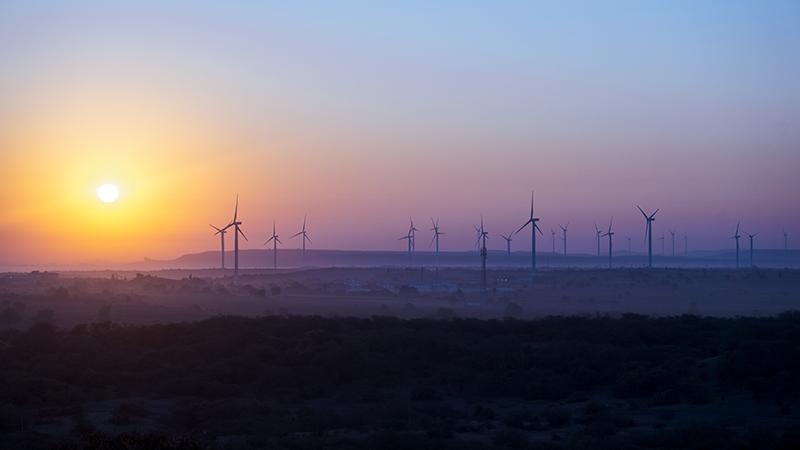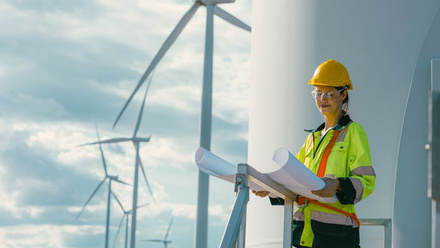Glass fibre recycling collaboration
New research consortium hones in on wind turbine blades

Aker Offshore Wind and Aker Horizons, Norway, alongside University of Strathclyde, UK, have signed a Memorandum of Understanding aimed at driving forward the development of recovery processes for used glass fibre products.
Glass-reinforced polymer composites (GRP), used in wind turbine blades around the world, is recognised as a hard-to-break-down source of pollution. Today nearly all thermoset GRP scrap generated in the UK and Europe goes to landfill or energy from waste.
The volume of GRP scrap is set to increase substantially, with end-of-life wind turbine blades likely to be a major source of GRP scrap in the UK by mid-2030s.
Findings from the University of Strathclyde indicate a global increase of wind turbine blade waste from around 400,000 tonnes per annum in 2030 to around two million tonnes by 2050.
Therefore, the organisitions say, recyclability and recycled content are increasingly important in construction processes. In many cases increased durability and lower weight would also make GRP a more sustainable solution in the long term.
'At Aker Offshore Wind, sustainability is about making business decisions that add value to our company, our stakeholders and society, said Astrid Skarheim Onsum, Chief Executive Officer of Aker Offshore Wind. 'Industrial waste is a challenge in most industries, and by teaming up with the University of Strathclyde we have an opportunity to further develop a novel solution to a growing issue and apply it at scale across our segment and beyond.'
'This is a challenge not only for the wind power industry, but for all industries reliant on GRP materials in their production and manufacturing, said Dr Liu Yang, Head of Advanced Composites Group at the University of Strathclyde. 'Retaining and redeploying the embodied energy in the fibres is essential as we move to a more circular economy.'







